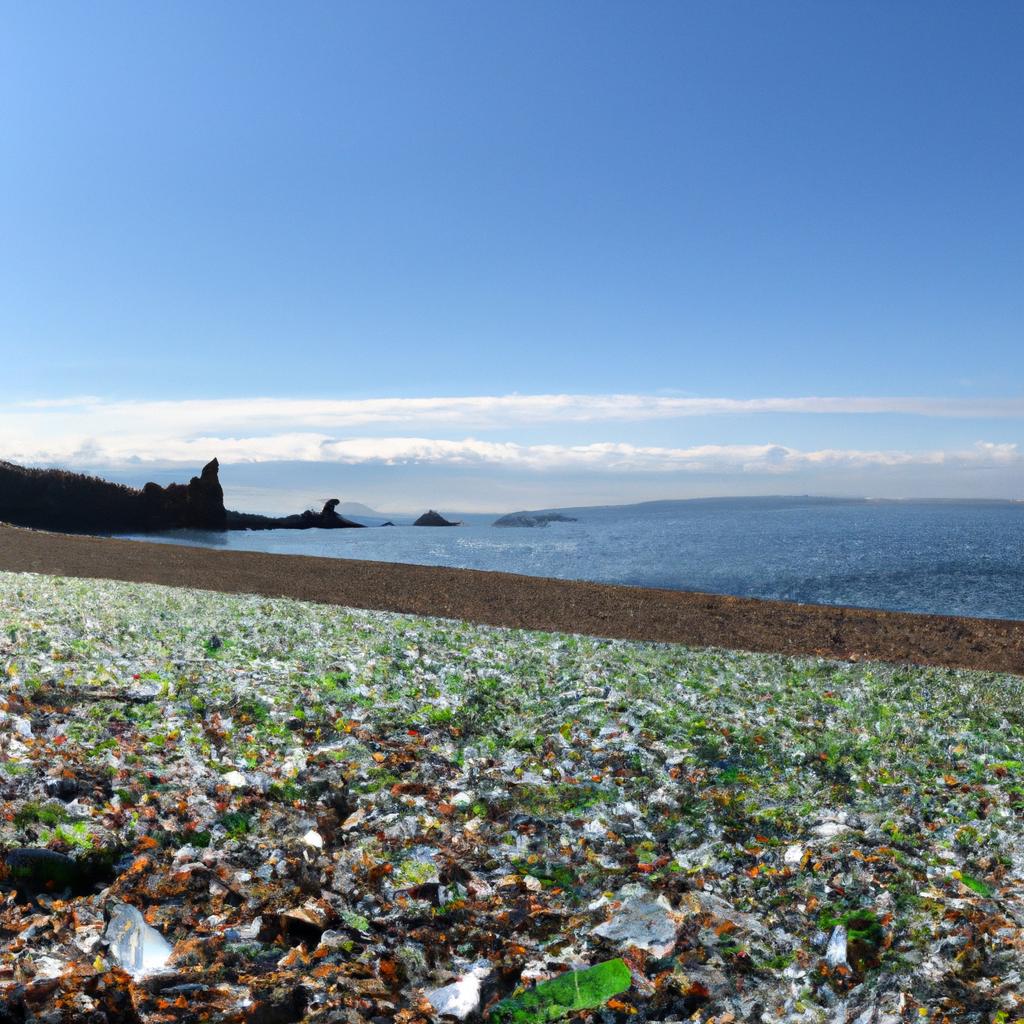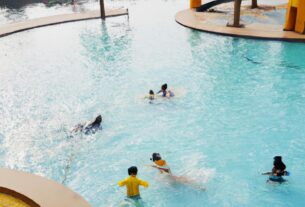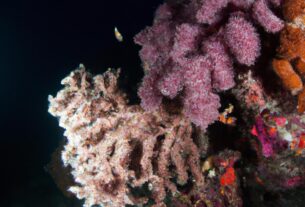Glass Beach in Russia has become increasingly popular in recent years, captivating visitors with its unique beauty and intriguing history. Located on the Far East coast of Russia, Glass Beach is a natural wonder that offers stunning scenery and a fascinating experience. In this article, we will delve into the wonders of Glass Beach, its history, and the importance of preserving this gem for the future.
The Enigmatic Glass Beach
Glass Beach is adorned with small, smooth glass pebbles that have been polished by the relentless sea over time. Situated on the Ussuri Bay near Vladivostok, Glass Beach boasts beautiful blue waters, sandy shores, and these extraordinary glass pebbles. What sets Glass Beach apart is its past as a dumping ground for glass bottles and waste materials. As the waves relentlessly pounded the shoreline, the glass was gradually broken down into the delightful pebbles that now grace the beach.
Preserving natural marvels like Glass Beach is of utmost importance for maintaining the world’s beauty and promoting environmental conservation efforts. By safeguarding Glass Beach, we not only preserve a unique destination for future generations but also ensure the survival of the ecosystem and the wildlife that depend on it. In the following sections, we will explore Glass Beach’s location, history, ecological impacts, conservation efforts, and the various activities and attractions that visitors can enjoy.
Location and History of Glass Beach
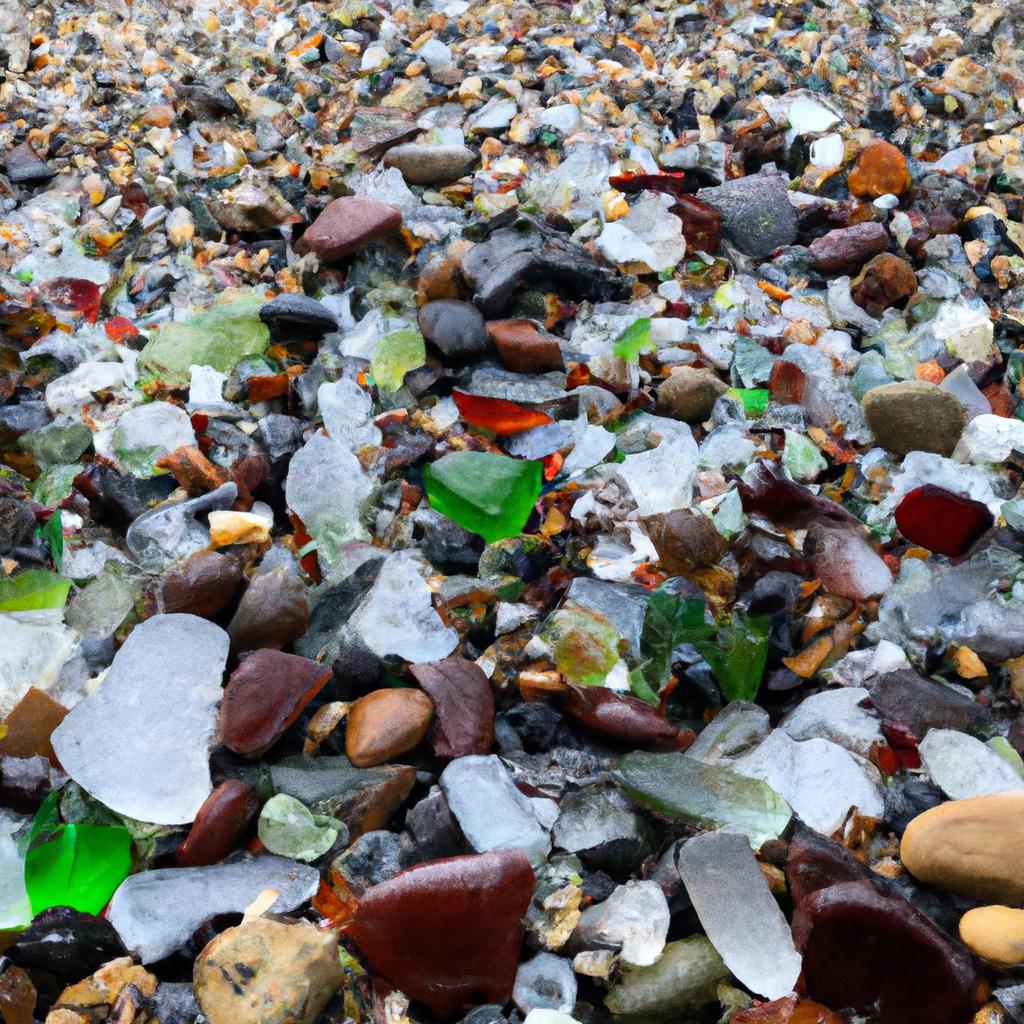
Geographical Location and Accessibility of Glass Beach
Glass Beach can be found on the Far East coast of Russia, near Vladivostok in the Ussuri Bay. Vladivostok, the largest city in the Primorsky Krai region, is easily accessible by air, rail, and road. From there, visitors can take a short 30-minute drive by bus or taxi to reach Glass Beach. This hidden gem is situated on a peninsula, surrounded by majestic mountains and pine forests. The crystal clear waters of the Ussuri Bay provide a serene environment for swimming, snorkeling, and other water activities.
Exploring the History of Glass Beach
Glass Beach’s history is a captivating tale that dates back to the early 20th century. During this time, the Ussuri Bay was designated as a dumping ground for waste materials, including glass bottles and industrial waste. Over the years, the waves and tides gradually broke down these discarded materials, transforming them into the small, colorful pebbles that now carpet the beach. As waste dumping ceased and cleanup efforts began, Glass Beach transformed into a beloved destination, captivating tourists and locals alike with its unique beauty and intriguing history.
The Phenomenon of Glass Beach
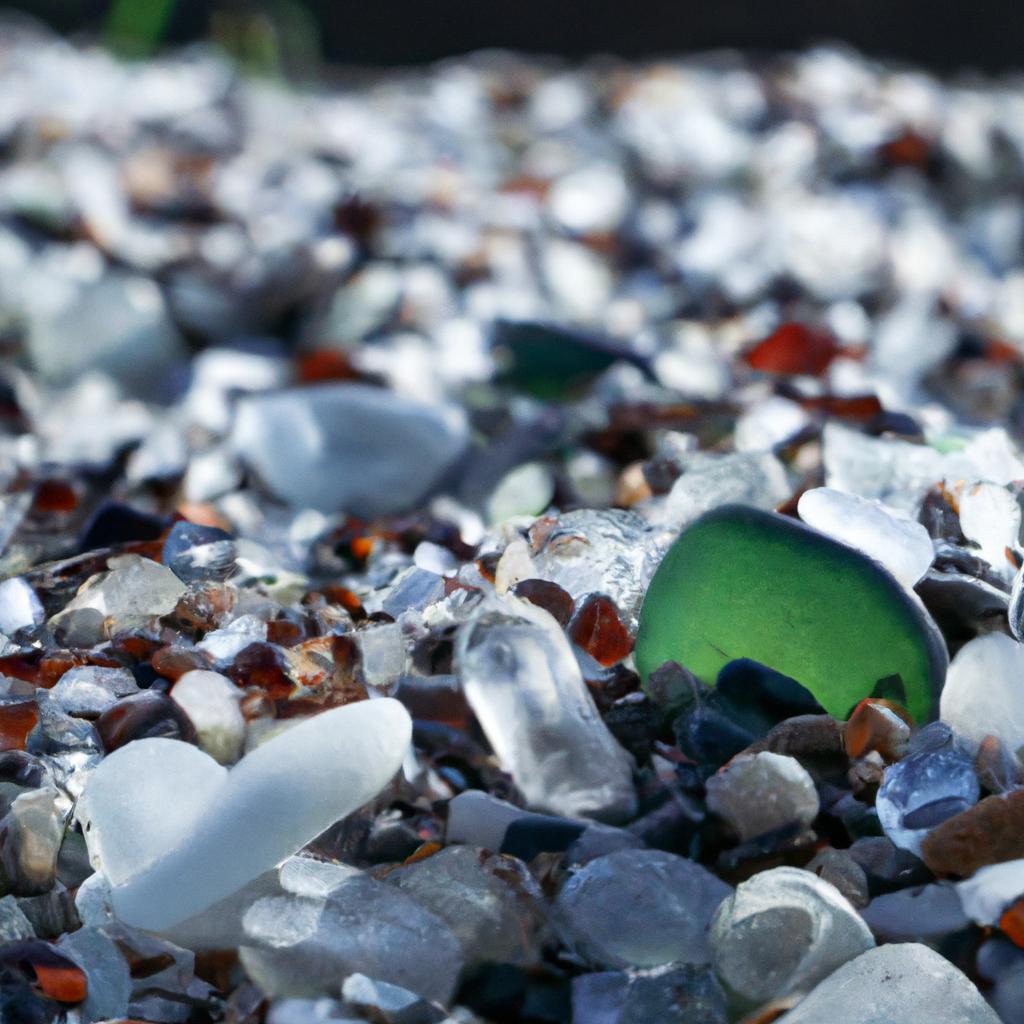
The Transformation of Glass Waste
Glass Beach is an exceptional and captivating destination that surprises many with its backstory. Once a dumping ground for glass bottles, appliances, and waste materials, the beach has transformed into an enchanting wonder. The glass waste was left to weather and break down over time, eventually becoming the smooth, colorful pebbles that now adorn the beach. This captivating process occurred between the 1950s and 1960s, as the waves and tides worked their magic on the glass waste. The result is a stunning array of glass pebbles in various colors, showcasing their beauty against the clear blue waters of the bay.
The Scientific Process Behind Glass Pebbles
The transition of glass waste into vibrant pebbles on Glass Beach is a fascinating scientific process. Known as “beach glass” or “sea glass,” this natural phenomenon occurs when glass is tumbled and refined by the interaction of waves, tides, and sand. This process smooths out the sharp edges and gives the glass a frosted, matte appearance on its surface. The transformation of glass waste into these smooth, colorful pebbles is a testament to the power of nature and the resilience of the environment. It is crucial to preserve this natural wonder and protect the ecosystem that sustains it for the enjoyment of future generations.
Ecological Impacts and Conservation Efforts
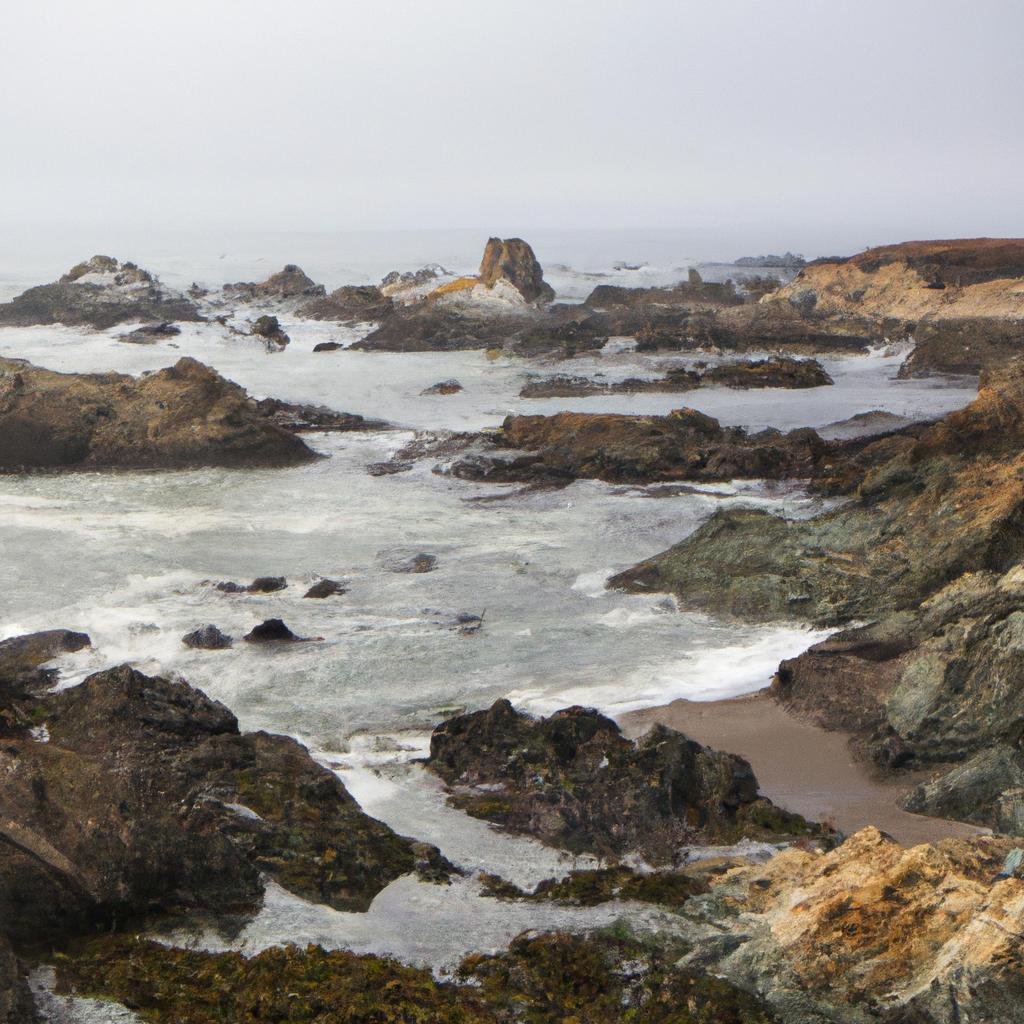
The Impact of Human Activity on Glass Beach and Its Ecosystem
Despite its allure and significance, Glass Beach has faced ecological challenges due to human activity. The beach served as a dumping site for many years, resulting in the accumulation of waste materials and pollution in the surrounding area. This, in turn, has had negative effects on the ecosystem and the wildlife that rely on it. The contamination of water and soil caused by the waste materials has led to the degradation of the ecosystem. Chemical and toxic substances have seeped into the water, impacting marine life and the food chain. The pollution has also affected the surrounding vegetation and wildlife, resulting in a loss of biodiversity.
Conservation Efforts to Preserve Glass Beach and Its Surroundings
To mitigate the negative impacts of human activity, various conservation efforts have been implemented to protect Glass Beach and its ecosystem. The Russian government, in collaboration with NGOs and local communities, has taken steps to clean up waste materials and other pollutants in the area. Strict regulations are also in place for visitors, prohibiting the removal of glass pebbles, littering, and any activities that harm the environment. Local authorities conduct regular beach cleanups to ensure that the beach remains pristine and free of litter. These conservation efforts play a vital role in preserving the natural beauty and ecological integrity of Glass Beach.
In conclusion, Glass Beach and its surrounding area offer a plethora of activities and attractions that make it a destination suitable for all types of travelers. From beachcombing for unique glass pebbles to enjoying the clear waters for a refreshing swim, Glass Beach has something for everyone. Additionally, nearby attractions such as the Primorsky Aquarium, the Russky Island Bridge, and the Vladivostok Fortress provide further opportunities for exploration and enrichment.
Let us remember that preserving the natural beauty and ecological integrity of Glass Beach is vital for the survival of the ecosystem and the promotion of environmental conservation efforts. By taking responsible and sustainable actions, we can ensure that this hidden gem remains an awe-inspiring marvel for generations to come.
TooLacks encourages all readers to experience the beauty of Glass Beach firsthand while respecting and protecting its delicate ecosystem. For more information about TooLacks, visit TooLacks.
